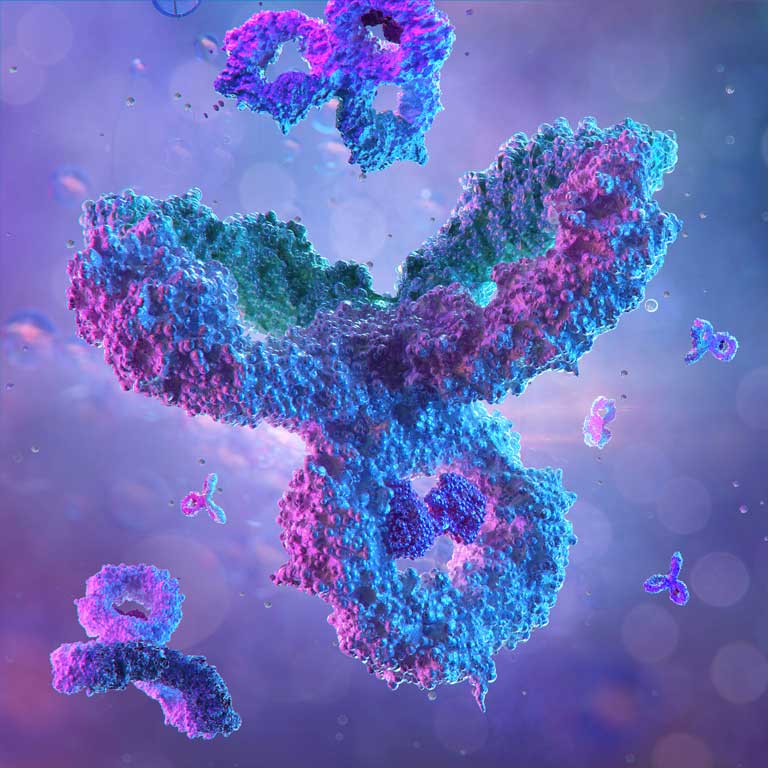
Immunoglobulins, what are they and what are they for?
What are immunoglobulins (Ig)?
Immunoglobulins are " Y " proteins, which are found in different body fluids, including blood and secretions such as saliva, tears and breast milk. They are produced by specific cells, including white blood cells, and their main function is to identify antigens or foreign substances in order to neutralize them.
How many kinds of immunoglobulins are there?
Immunoglobulins (Ig) are also known as antibodies and there are five main kinds of them (IgG, IgA, IgM, IgD and IgE), which differ from each other in size, charge, chemical composition and in their different functions in the immune defense strategy.
Functions of Immunoglobulins
- IgG: 80% of IgG is found in our blood and breast milk, and can go through the placental barrier. It is very effective in covering toxins and viruses, accelerating their uptake by other cells of the immune system for their removal. It is an immunoglobulin indicator of our body's protection against foreign agents and for vaccine design.
- IgM: has concentrations of 5-10% in our blood and is often found attached to the surface of many of our defence cells. Its function is to act along with the first line of defence, being very effective in eliminating bacteria, and as a diagnosis indicator to detect if we have been exposed to a pathogen.
- IgE: its concentrations in blood are less than 1%, being mainly present in the skin. It is related to immune responses in allergies and when there is an infection by parasites.
- IgD: found in very low concentrations in blood, as it is usually bound to the surface of defence cells. It is very effective in stimulating defences, especially white blood cells, in the presence of microbes.
- IgA: it has concentrations of 10-15% in blood, and is present in many body fluids such as saliva, tears, respiratory mucosal secretions, breast milk, among others. In particular, IgA can provide up to 50% of the proteins in colostrum, the "first milk" that the mother provides to the newborn. Its presence is key to protecting the internal surfaces of our body from toxins, bacteria and viruses, which it directly neutralises.
What is colostrum?
Colostrum, also known as "first milk", is the mammary secretion that all mammals provide to their newborns during the first 24-48 hours after birth, and that provides the basis for lifelong immunity. Its composition differs from milk in that it is higher in solids, proteins, immunoglobulins, fats and growth factors, among others.
Both human and bovine colostrum is a thick, sticky, yellowish liquid containing various antibodies in a higher concentration than in ordinary milk.
Bovine colostrum
It is a nutrient that provides many benefits to well-being, and has high concentrations of IgG (up to 51%), as well as IgM and IgA. It has been widely used for many years, is well accepted and taken in both liquid and solid forms (capsules, tablets, powder).





